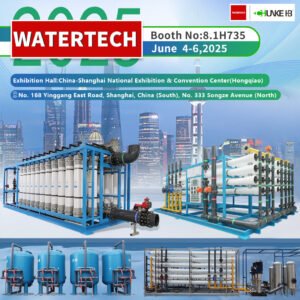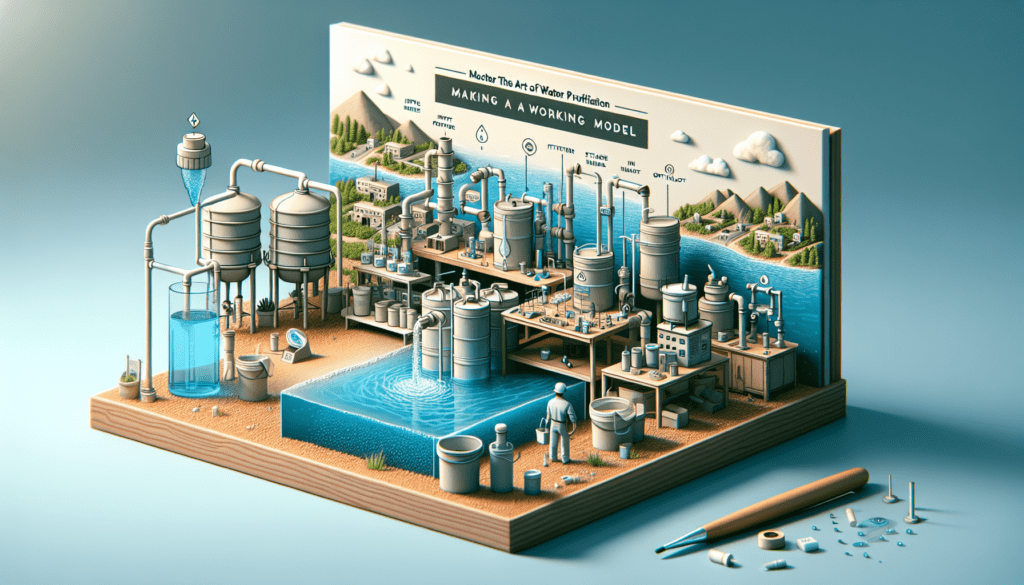
The process of creating a water purification model takes inspiration from NASA engineers who designed the water filtration system for the International Space Station, achieving a remarkable 93% water reclamation rate. Such an endeavor encourages the implementation of innovative techniques such as chunked water treatment, reverse osmosis, and ultrafiltration, integral components for developing an efficient water purification system at home.
Embarking on a water filter challenge allows not only for educational enrichment but also fosters collaboration, as participants work together like astronauts on the space station, utilizing common materials to solve complex problems of water purification experiment 5th grade and beyond. This project stands as an homage to the critical importance of ultrapure water and offers a detailed exploration into the realms of filter media and DIY solutions for water filtration.
Understanding Water Contaminants
Understanding Water Contaminants
Water contaminants can be classified into several categories, each affecting water quality and health differently:
Physical Contaminants: These affect the physical appearance or properties of water. Common examples include sediment or organic materials suspended in water due to soil erosion.
Chemical Contaminants: These include both naturally occurring compounds and man-made elements. Examples are metals like lead and arsenic, which can cause neurological and developmental issues, and pesticides such as atrazine, which have been linked to reduced fetal growth.
Biological Contaminants: Microorganisms like bacteria, viruses, and parasites fall into this category. They can lead to diseases such as gastrointestinal illnesses, which are particularly dangerous for children with underdeveloped immune systems.
Radiological Contaminants: Unstable atoms like cesium and uranium emit ionizing radiation, which can lead to severe health issues including cancer.
Emerging Contaminants: These include pharmaceuticals and personal care products, which are not typically monitored but can have unknown health effects. Perchlorate, for example, disrupts thyroid function and can lead to hormonal imbalances.
Understanding the types of contaminants and their sources is crucial for effective water purification. This knowledge aids in selecting the right filtration technologies, such as reverse osmosis and ultrafiltration, to target specific impurities.
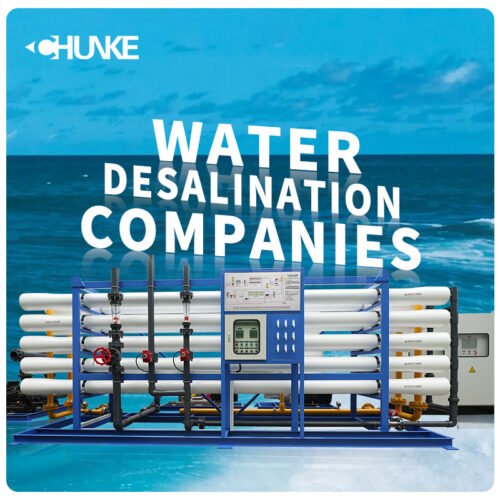
DIY Water Purification System Components
DIY Water Purification System Components
To assemble an effective DIY water purification system, you will need a variety of components that work together to remove contaminants and produce clean drinking water. Here’s a breakdown of essential materials and their specific roles:
Basic Construction Materials:
- Plastic bottles or food-grade containers: Serve as the housing for the filter system.
- Scissors and utility knife: Used for cutting and shaping materials.
- Rubber bands and towels: Secure filter materials and manage spills.
Filtration Materials:
- Coarse and fine sand: Traps particulate matter and assists in the mechanical filtration process.
- Gravel or pebbles: Supports sand layers and enhances water flow through the filter.
- Activated charcoal: Absorbs chemicals and improves the taste and odor of water.
- Cotton or cheesecloth: Acts as a pre-filter to remove larger sediments and debris.
Enhanced Filtration Add-ons:
- Specialized plants (e.g., thyme, tulsi): May offer microbial purification benefits, though their effectiveness can vary and should be used with caution.
- Reverse osmosis membrane and carbon filters: For advanced filtration to tackle chlorine, chloramines, and other chemical contaminants.
Assembly Components:
- Two-gallon food-grade plastic buckets with lids: Create a containment system for the filtration process.
- Ceramic filter and spigot: Essential for a two-bucket system, facilitating clean water extraction.
This setup not only mirrors sophisticated systems like those used in space stations but also allows customization to target specific water quality issues. Ensure all components are clean and fit properly to avoid leaks and contamination during the filtration process.
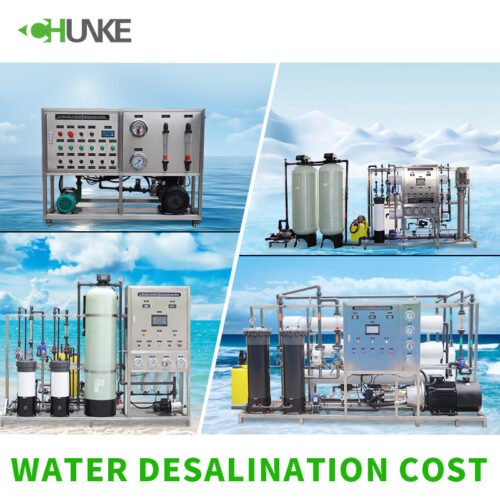
Step-by-Step Guide to Building a Water Purification Model
Step-by-Step Guide to Building a Water Purification Model
1. Prepare the Bottle:
- Start by cutting an empty bottle from the bottom.
- Remove the cap and cut the plastic water bottle in half across its width.
- Place gauze or cheesecloth over the opening of the top half of the bottle, securing it with a rubber band.
- Turn the top half of the bottle upside down and insert it into the bottom half to create a funnel.
2. Layer the Filtration Materials:
- Begin with a layer of cotton at the bottom of the inverted top half.
- Add a second layer of fine sand over the cotton.
- Continue with small and medium-sized stones, and top with larger stones.
- Optionally, for enhanced filtration, add a layer of activated charcoal to absorb chemicals and improve the taste and odor of water.
3. Assemble the Filtration System:
- Drill an air hole in the collar of the top bucket for siphoning and a starter hole at the bottom center of the first bucket.
- Enlarge the central hole in the top bucket with a 5/8 drill bit and drill a hole in the lid for the filter attachment.
- Install the siphon tube and spigot with washers to ensure a sealed system.
- Pour simulated wastewater into the filter and observe the filtration process, making adjustments based on the results.
4. Testing and Maintenance:
- Test the system by adding a mixture of water and soil to check if it effectively separates the soil from the water.
- If the cotton layer becomes ineffective after multiple uses, replace it with new cotton.
- After filtering, treat the water with chlorine-dioxide drops or tablets to ensure all harmful bacteria and microorganisms are eliminated.
This setup not only mimics more sophisticated systems but also allows for customization to target specific water contaminants effectively. Remember, the slower the water moves through the filter, the more contaminants are likely to be removed. Note that while the filtered water may not be potable, it can be safely used for irrigation.
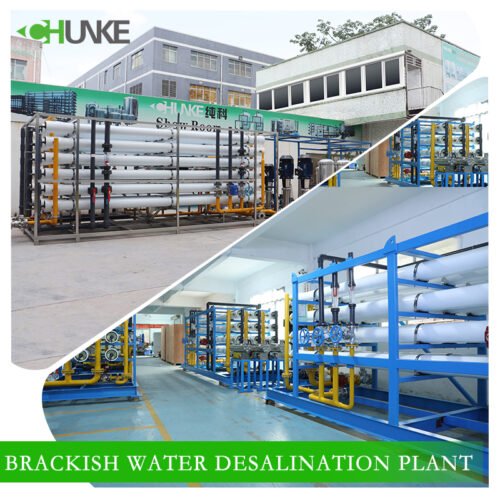
Evaluating the Effectiveness of Your Water Purification Model
Evaluating the Effectiveness of Your Water Purification Model
To accurately assess the performance of your DIY water purification system, consider the following testing methods:
1. Pre and Post Filtration Testing:
- Conductivity Testing: Build a conductivity tester using a digital multimeter, replacement fuses, a 9V battery, battery snap connector, electrical tape, wire stripper or knife, salt, water, and a cup. Test the water’s conductivity before and after filtration to gauge the removal of ions and dissolved salts.
- pH Testing: Use pH test strips with a range of 1-12 to measure the acidity or alkalinity of water before and after it passes through your filter. This indicates how well the filter manages pH balance.
2. Lab Testing for Comprehensive Analysis:
- Full Performance Test: Send pre and post-filtration water samples to an accredited water testing laboratory. Choose a testing package that targets contaminants your filter is designed to remove.
- Post-Treatment Test: This simpler test involves analyzing water only after it has been filtered to assess if it meets safety standards for drinking.
3. Using TDS Meters for Routine Checks:
- Initial Setup: Use a handheld TDS meter to measure the Total Dissolved Solids in your tap water. Record this baseline reading.
- In-System Testing: Install a system-mounted TDS meter. Test and record the TDS levels before and after the water passes through the filtration system to evaluate the effectiveness of the deionization filters.
- Maintenance Alerts: Regular monthly checks with the TDS meter can indicate when it’s time to replace the filters, based on specific thresholds detailed in your system’s manual.
By employing these methods, you can ensure that your water purification model operates effectively and continues to provide safe, clean water.
FAQs
1. What is a water purification model and how does it work?
A water purification model employs various methods to clean and purify water. These include physical processes like filtration, sedimentation, and distillation; biological processes such as utilizing slow sand filters or biologically active carbon; chemical methods including flocculation and chlorination; and the application of electromagnetic radiation like ultraviolet light.
2. Can you outline the seven stages involved in water purification?
The water purification process typically involves seven key stages:
- Ion Exchange and Coagulation: This initial stage helps in removing contaminants.
- Sedimentation: Particles settle down, separating from the water.
- Filtration and Granular Activated Carbon: This stage helps in removing smaller particulates.
- Disinfection: This step kills bacteria and other pathogens.
- Carbon Filters: These remove contaminants and impurities, improving taste and further purifying the water.
- Reverse Osmosis: This process filters out dissolved inorganic solids.
- Storage of Purified Water: Safely storing the purified water.
3. What methods are utilized in water purification projects?
Water purification projects typically use a combination of methods to ensure water is clean and safe. These include physical processes like filtration, sedimentation, and distillation; biological processes such as employing slow sand filters or biologically active carbon; chemical processes including flocculation and chlorination; and using electromagnetic radiation like ultraviolet light.
4. What are the four primary steps of a water purification project?
The typical water purification project in an industrial setting involves four main steps:
- Screening: This initial step removes large debris.
- Coagulation/Flocculation: Chemicals are added to clump together contaminants, which then settle.
- Filtration: This step filters out the clumped contaminants from the water.
- Disinfection: The final step involves killing any remaining bacteria or pathogens to ensure the water is safe for use.

